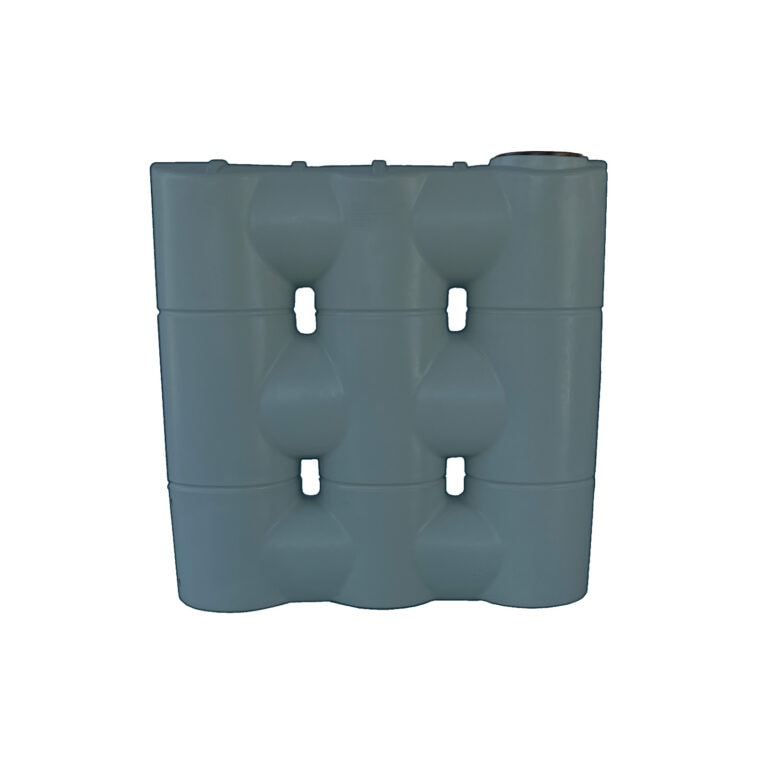Understanding the Value of Rainwater Tanks in Drought-Prone Regions for Water Safety
In regions at risk to long term dry spells, the role of rainwater storage tanks in strengthening water safety and security is a topic of growing significance. Rain storage tanks serve as a vital tool in alleviating the effect of water scarcities by giving a lasting source of water for various demands.
Benefits of Rain Storage Tanks
Using rain storage tanks uses a sustainable service for augmenting supply of water and improving water safety in household and business settings. Among the main advantages of rain containers is their ability to lower dependence on keys supply of water. By catching and saving rainwater that drops on rooftops, this different source can be used for various non-potable objectives such as watering, flushing commodes, and washing clothes. This not only preserves treated drinking water yet also decreases water bills for individuals.

Rainwater Harvesting Techniques
Rainwater harvesting methods incorporate a range of methods made to effectively collect and keep rainwater for various objectives, contributing to water conservation and sustainability. An additional preferred technique is the use of above-ground or underground storage tanks to store rain for later usage.

Moreover, rain yards and permeable pavements are cutting-edge methods that entail landscape design or paving surface areas in such a way that enables rainwater to percolate into the ground, restoring groundwater reserves. Furthermore, contour farming and terracing are farming practices that aid record rain and prevent soil erosion in uneven terrain. By applying these diverse rainwater harvesting techniques, neighborhoods can improve water safety and security and durability in drought-prone areas while promoting sustainable water monitoring methods.
Relevance of Water Security
Making sure trusted accessibility to clean and sufficient water sources is extremely important for sustaining human health, financial development, and ecological health. Water safety and security is a vital facet of social strength, especially in areas at risk to droughts and water scarcity. Sufficient water safety encompasses different measurements, consisting of availability, high quality, and accessibility of water for domestic, farming, commercial, and ecological needs.
Water protection plays an important role in advertising public wellness by lowering the prevalence of waterborne conditions and ensuring sanitation facilities. Financially, water security is crucial for farming productivity, industrial operations, and total economic growth. Slimline water tanks. Moreover, water protection is very closely connected to ecological sustainability, as it sustains environments, biodiversity, and total eco-friendly balance.
In drought-prone regions, water safety and security ends up being even extra crucial because of the heightened risk of water lacks. Executing techniques like rain harvesting, water recycling, and reliable water monitoring techniques can substantially improve water security in these locations. By internet focusing on water protection, neighborhoods can better withstand the effects of environment change, population development, and various other obstacles that endanger water accessibility.
Enhancing Water Durability
With enhancing international water obstacles, building resilience in water systems has come to be a crucial focus for lasting advancement efforts. Enhancing water durability entails executing approaches to make certain water accessibility and high quality despite altering environmental problems, such as dry spells, floodings, and contamination.
One key element of enhancing water strength is advertising the usage of rain tanks in drought-prone areas - Slimline water tanks. Rain tanks function as a reliable ways of recording and saving rainwater for later use, decreasing reliance on limited freshwater resources during dry periods. By including rain harvesting systems right into water management plans, communities can enhance their capability to endure water deficiency and keep water safety

Lasting Water Conservation
Amidst intensifying water challenges, the prudent monitoring of water sources through lasting conservation practices is imperative for making sure lasting environmental security and societal well-being. Lasting water conservation requires the effective use of water sources to meet existing demands without jeopardizing the capability of future generations to satisfy their own demands. By executing approaches such as rainwater harvesting, greywater recycling, and water-efficient technologies, communities can lower water wastefulness and minimize pressure on freshwater sources.
Additionally, sustainable water preservation techniques add to ecosystem wellness by preserving sufficient water degrees in rivers, lakes, and marshes, supporting biodiversity, and maintaining all-natural habitats. These methods likewise play an important duty in alleviating the influences of climate modification by helping to adapt to altering precipitation patterns and water availability.

Conclusion
Finally, rainwater storage tanks play an important function in enhancing water protection and strength in drought-prone areas. By making use of rain harvesting techniques, communities can minimize their dependence on conventional water resources and promote lasting water conservation methods. This not just helps alleviate the impacts of water scarcity throughout Read Full Article droughts however likewise contributes to long-lasting water safety and security and durability when faced with environment modification difficulties.